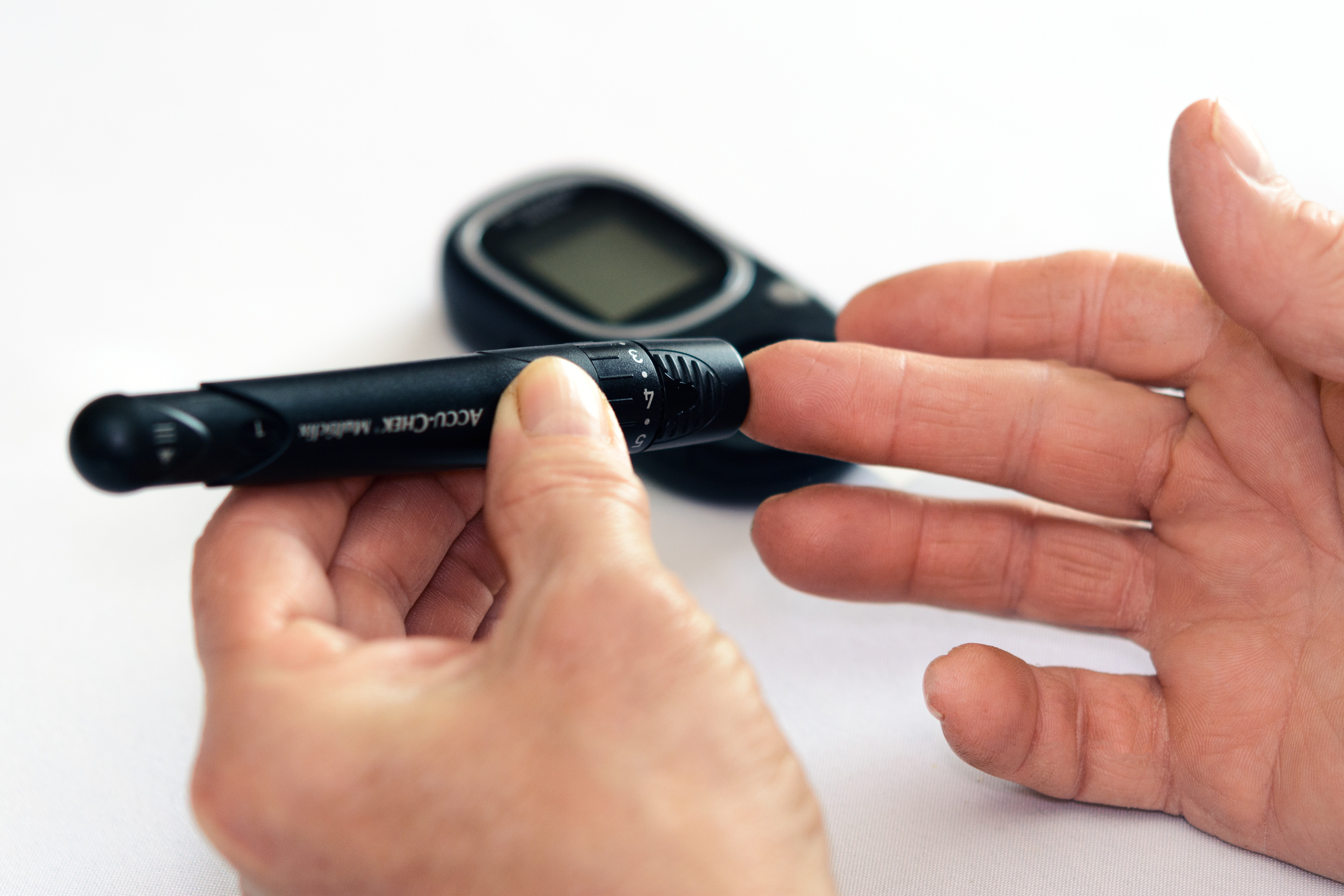
Outside of healthcare facilities, approximately 9 million sharps users will administer at least 3 billion injections annually. Additionally, according to a report by the Centers for Disease Control and Prevention (CDC), as of 2015, 30.3 million Americans (9.4 percent of the U.S. population) have diabetes, and another 84.1 million have prediabetes. Every one of these sharps users will need a place to safely dispose of their used sharps in a manner preventing accidental needle sticks. It is important for the public to be aware of safety measures and regulations attached to the disposal of used sharps. Today we will address the following:
-
What are Sharps?
-
Dangers of Unsafe Sharps Disposal
-
Regulations for Sharps Disposal
What are Sharps?
Examples of sharps include:
-
Needle – a very fine, slender, hollow piece of metal used to inject medication under the skin.
-
Syringe – device which a needle is attached to in order to inject medication into or withdraw fluid from the body.
-
Lancet also called a “finger stick” – instruments with a short, two-edged blade used to get drops of blood for testing. Lancets are commonly used in the treatment of diabetes.
-
Auto injector, including epinephrine pens – syringe pre-filled with fluid medication designed to be self-injected into the body.
-
Infusion set – tubing system with a needle used to deliver drugs to the body.
-
Connection needle/set – needle that connects to a tube used to transfer fluids in and out of the body. This is generally used for patients on home hemodialysis.
Dangers of Unsafe Sharps Disposal
Many sharps end up in the trash or flushed down the toilet, as users are often unaware of the dangers of accidental needlesticks. Sanitation workers, housekeepers, and even family members run the risk of contracting a disease through coming into contact with bio hazardous material such as sharps waste. If an employee is the victim of a needlestick while at a location that does not provide public sharps disposal methods, then the employer must pay for disease testing, prevention methods, and sometimes even counseling.
The United States Department of Labor Occupational Safety and Health Administration (OSHA) outlines workers rights in regards to the dangers of accidental needlesticks. Workers have the right to:
-
Working conditions that do not pose a risk of serious harm.
-
Receive information and training (in a language and vocabulary the worker understands) about workplace hazards, methods to prevent them, and the OSHA standards that apply to their workplace.
-
Review records of work-related injuries and illnesses.
-
File a complaint asking OSHA to inspect their workplace if they believe there is a serious hazard or that their employer is not following OSHA’s rules. OSHA will keep all identities confidential.
-
Exercise their rights under the law without retaliation, including reporting an injury or raising health and safety concerns with their employer or OSHA. If a worker has been retaliated against for using their rights, they must file a complaint with OSHA as soon as possible, but no later than 30 days.
Regulations for Sharps Disposal
Due to this high level of risk involved with accidental needlesticks, the U.S. Food and Drug Administration (FDA) has developed regulations for proper sharps disposal. Any facility such as healthcare, dental, and medical offices that handle sharps, are required to house FDA-certified sharps containers. In addition to medical facilities, many public areas such as airports and restrooms in large institutions also offer sharps containers in order to accommodate the self-injectors.
Containers should be leak-resistant, remain upright, and have a puncture-resistant lid. They must display a biohazardous symbol indicating that the material inside is hazardous. When a container is about 3/4 full, it must be disposed of properly at sharps collection sites or through the use of a sharps mail-back program. Each state has additional regulations compounded with the federal standards for the disposal of sharps and sharps containers.
It’s important to minimize the amount of contact that an individual has with biohazardous material such as sharps waste. For that reason, programs such as sharps mail-back systems exist to take away the issue of finding a reputable disposal location. PureWay Compliance, Inc. has partnered with multiple pharmaceutical companies to proactively provide sharps mail-back systems to their patients that self-inject.





